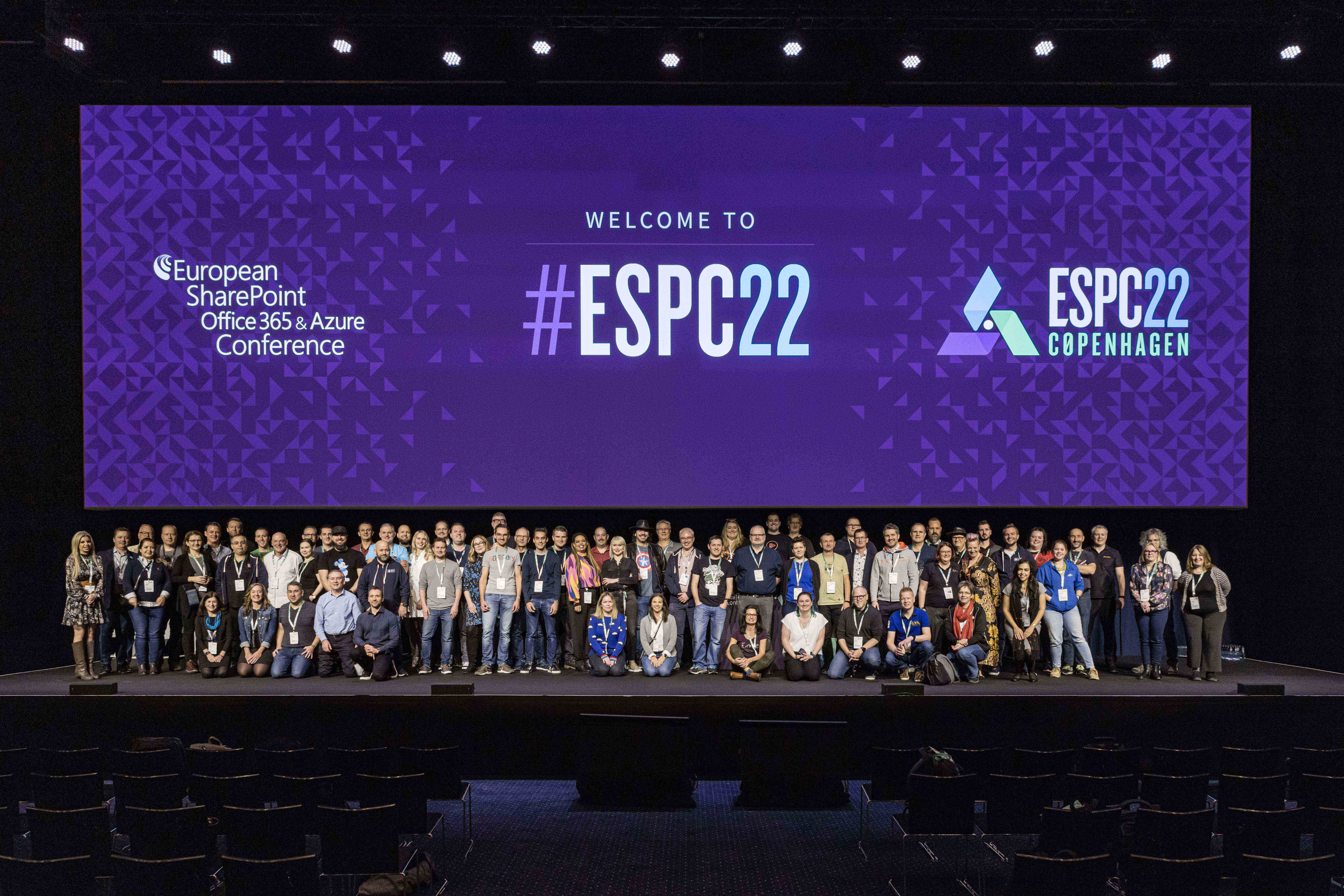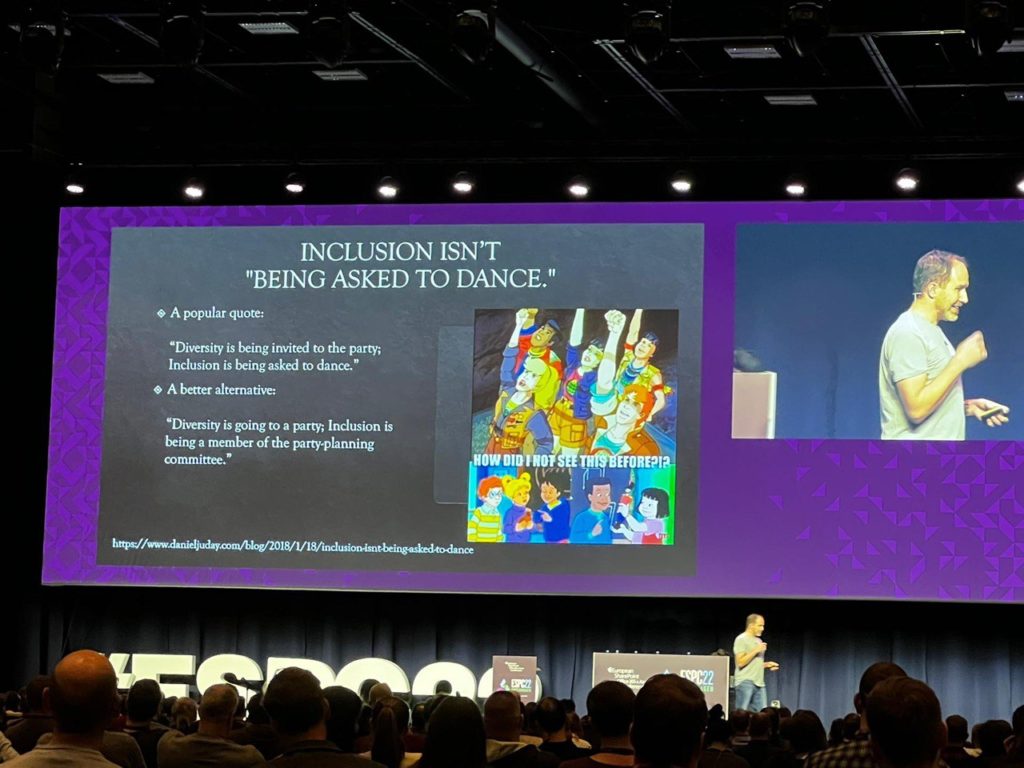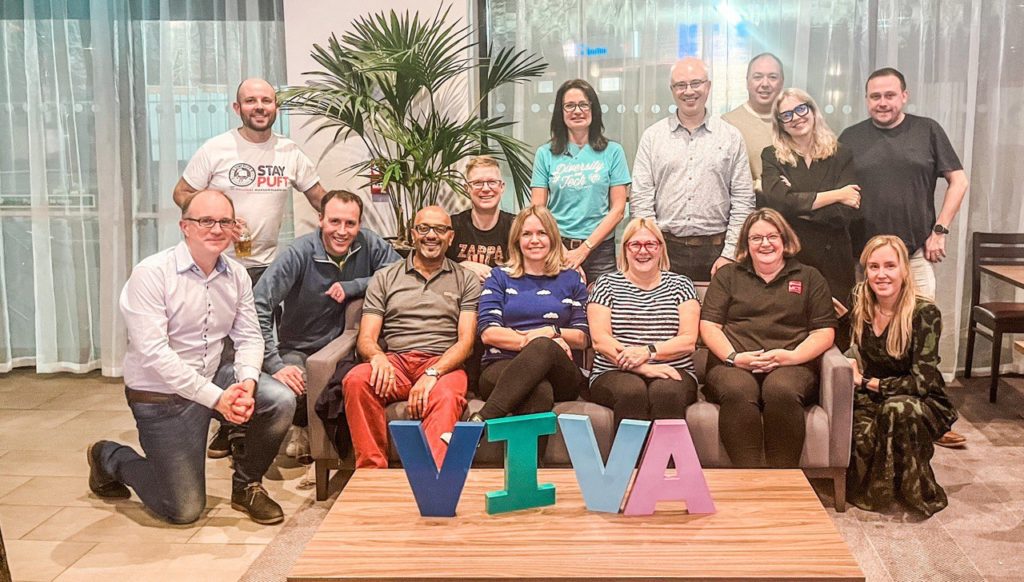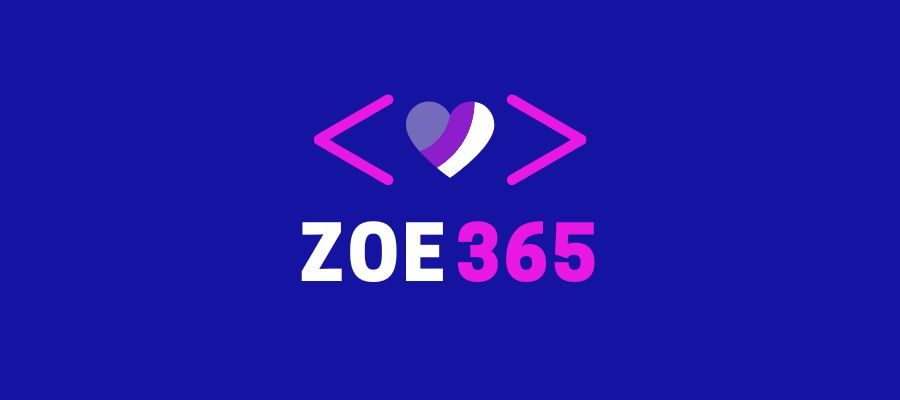Improving Diversity Within Our Community
How do we drive more diversity within our tech community?
This is a subject near and dear to my heart. Being a woman working in the tech industry, I’ve come up against my fair share of challenges throughout the years, and even now, there are many situations where I’m the only woman in a room or a meeting. Over the last 6 or 7 years, I’ve interviewed over 150 candidates for technical roles, and I can count the number of women that I interviewed during this time on both hands. So from a gender perspective, there is the issue of not having enough women who are staying the distance to become the experienced technical hires, which is then compounded within the tech community by a lower proportion of women typically putting themselves forward for things like public speaking.
Then, we can start to look at this from another diversity lens – and while I might have had challenges as a woman working in tech, those challenges are significantly greater for Asian, Black and ethnically diverse women, who typically have to work harder, to higher demands and for less pay than either white women or men. We have a real diversity problem in tech – we need to attract more diverse candidates into technology careers, either when they leave education or by targeting those returning to work / switching careers, and to do this, we need to ensure that we’re presenting the right image of what a career in tech could look like. We also then need to make sure that once we get people into tech careers or into the tech community, that they feel included, that they feel a sense of belonging – we need our world to be one that is inclusive to everyone.
Now, in this post I’m not going to get into how we increase diversity and inclusion in the tech industry as a whole, as that’s a much bigger conversation. However I did want to take some time to look at some positive actionable step that we within the tech community can take, that can make positive changes.
One way that we can get more women (or those who are Asian, Black, ethnically diverse / LGTBQ+ / religious diversity / disabled) into tech is by ensuring that we have more visible role models – there is a famous saying from a 2011 Sundance documentary (Miss Representation), where the founder and president of the Children’s Defense Fund said “you can’t be what you can’t see”, and what this means is that without other women to look up to, many young women are self-selecting out of a technical career path before they even really give it a chance.
"You can't be what you can't see."
I will start this section by saying first of all that I see loads of great examples of events where the organisers are doing great things, where they have diverse speakers, where the audience is diverse, and for all of you who are doing the right thing – please keep up the good work!
However, there is still more to do, and what I want to share here are some practical things that you can do as event organisers and community members to increase diversity within your own events.
I attended my first SharePoint Saturday in London in 2017 or 2018, and saw some great speakers – some of whom had travelled from around the world to share their experiences and perspectives with us. I remember watching and learning from these speakers and being inspired to start submitting my own speaking sessions, with my first session being accepted for SharePoint Saturday in London in 2019. Since then, I’ve spoken at tonnes of events – some virtual, some in-person, some in the UK and some abroad. I’ve been part of the organising team for the fantastic Scottish Summit in Glasgow, been a volunteer and track lead for South Coast Summit and volunteered as an online moderator for many other events. In this time I’ve crossed paths with many event organisers and with many speakers, and I’ve watched and observed what good practices look like when it comes to improving diversity. I’ve also seen many bad examples as well – not so much with events that I’ve been involved in or spoken at, but I have seen a TON of events recently that feature an all-white all-male speaker roster. It is LITERALLY the first thing I notice when I’m looking at a speaker line-up. If all of your speakers are men, I probably won’t even look at who the speakers are or what the session abstracts are about, as you’ve instantly just turned me off your event.
If I feel like this as a seasoned speaker, how do you ever think your event is going to pull in a diverse audience if all your speakers look the same?

Take a look at your organising committee
Does everyone on your organising committee look like you? Are you all from similar backgrounds? Similar ages? Same types of roles, experiences, accents? If your organising committee are all the same type of people, then the speakers you attract will likely be the same type of people, and this will translate into the audience that you attract to your event.
Taking a positive step to invite diversity into your organising committee will help you start to attract more diverse speakers, and that will help you attract a more diverse range of attendees. I watched Scott Hanselman talk about sponsorship, mentorship and how we get more young people into tech careers at ESPC last year, and one of the things that he shared which struck me was that inclusion isn’t being asked to dance – it is being a member of the party-planning committee.The best way to include everyone is to start right from the beginning, with the people who are putting on the event.

Blind session scoring
One way to remove any bias from reviewing speaker submissions from your event is to use blind session scoring, where the reviewers judge the content based solely on the title and abstract. We would recommend that you could also go a step further and have someone else go through the submissions prior to review, to make sure the speaker hasn’t referred to themselves by name in the session abstract – I’ve seen this used before as a way to get around blind session scoring. Additionally, you can also get them to remove any pronouns, job titles or community awards – basically anything that would allow the reviewers to identify them and thus lead to bias in the scoring process.
Proactively reach out to new groups
If your call for speakers has been open for a while, you’ve had loads of sessions submitted, but the diversity is lacking, then you need to try a different tactic to increase the diversity at your event. What does this look like? Well, it looks like reaching out to new groups, to new communities that exist within our own communities. There are tonnes of sub-communities within the Microsoft tech community that cover a huge and diverse range – find the people who lead these communities and reach out, ask them to get involved. Make them feel welcome and wanted, create a space for them and support them through the process
Support for new speakers
Having processes and support systems in place that can make it easier for people to get started with public speaking can make a huge difference. Not everyone has experience of presenting – and even if they’ve had to present something for work or school / university, they may not be a confident speaker. Creating a new speakers track, with support and mentoring for people who want to get involved, can be a really powerful way of encouraging the next generation of community speakers to get started.
I’ve seen this take different shapes at different events, with everything from a public commitment to reserve a certain number of slots for new speakers right the way through to a structured mentoring program for new speakers, with helpful planning and preparation calls covering everything from writing a session abstract through to technical storytelling skills. There is no one size fits all, but definitely think about how you can support your new speakers.

Additionally, there are further practical things that we can do within the tech community, such as mentoring / sponsorship, offering to be a co-speaker for a new speaker – however I’ll dive into these in more detail in future blog posts, as this is already far longer than I intended it to be!
Diversity and inclusion means something different to all of us, depending on our background – I come at this from the perspective of gender, because that’s personal to me and something that I’ve been able to identify as the cause of many challenges throughout my career. Other people will have their own thing, and the best way that way that we can be inclusive – and create an inclusive community – is by being open to hearing and recognising the perspectives and challenges that other people share, and by creating space at the table for people from diverse backgrounds to get involved, and to tell us what works for them.
I’d love to hear from you – please share comments and feedback, or feel free to reach out to me directly.
